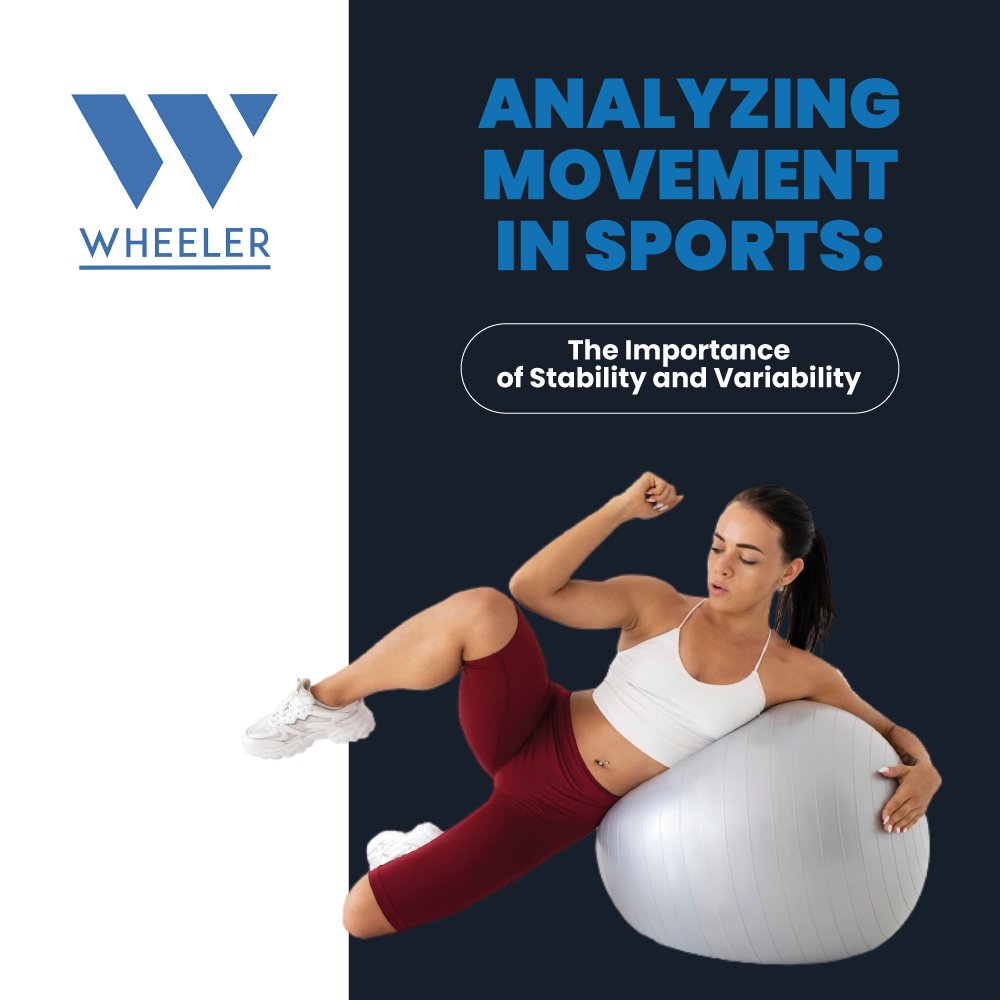In the world of physical training and rehabilitation, understanding how to maintain joint stability during high-intensity movements is essential for preventing injuries and maximizing performance. A fundamental aspect of this stability is the phenomenon known as co-contraction, which plays a crucial role in joint protection and the effectiveness of intense exercises. What is Co-Contraction? Co-contraction […]
Muscle co-contraction is a key phenomenon in the biomechanics of movement, especially in high-intensity activities. For physical trainers and physiotherapists, understanding how and when co-contraction occurs can be crucial for optimizing athletic performance and preventing injuries. Definition and Mechanism of Co-Contraction Co-contraction refers to the simultaneous activation of antagonist muscles, meaning muscles that have opposite […]
Sprinting is one of the most intense forms of exercise in athletics, where maximum speed generation and movement efficiency are crucial. One fundamental aspect that influences performance during sprinting is muscular stiffness, or “stiffness.” This article explores how muscular stiffness affects ground reaction forces (GRF) during sprinting and why this is relevant for physical trainers […]
Sprinting is a fundamental discipline in athletics, characterized by high-speed, precise technical execution. In the biomechanical study of this technique, biomechanical attractors play a crucial role in describing how movement patterns stabilize for optimal performance. These attractors represent stable movement patterns that emerge from the interaction between biomechanical forces and the individual characteristics of the […]
In sports like soccer, basketball, and rugby, the ability to make quick and effective direction changes is crucial for performance and competitive advantage. Direction change technique involves a complex interaction of body movements that must be executed efficiently to maximize speed and control. In this context, biomechanical attractors are stable movement patterns that help understand […]
Thirty years ago, Dr. Stuart McGill revolutionized the understanding of spinal injury mechanics through videofluoroscopy studies, observing how joints behave during competitive lifts. One of his most significant findings was filming an injury caused by an instability event, known as “buckling.” Muscle Strength and Stiffness Muscle activation generates both strength and stiffness, where strength produces […]
Columna Vertebral y la Estabilidad del Núcleo Hola a todos, hoy quiero compartir con ustedes algunos conceptos fundamentales sobre la estabilidad de la columna vertebral y la estabilidad del núcleo, basados en las enseñanzas del Dr. Stuart McGill, uno de los principales expertos en biomecánica de la columna vertebral. Estas ideas son esenciales para entender […]
In the world of sports training, understanding how the human body moves is crucial for optimizing performance and preventing injuries. Today, I want to share some concepts about the importance of stability and variability in practice to develop efficient movement patterns. The Importance of Stability Stability in movements is the body’s ability to maintain control […]
En el mundo del entrenamiento deportivo, entender cómo se mueve el cuerpo humano es crucial para optimizar el rendimiento y prevenir lesiones. Hoy quiero compartir algunos conceptos y reflexiones sobre la importancia de considerar los intereses del cuerpo al entrenar, y cómo la estabilidad y la variabilidad en la práctica influyen en el desarrollo de […]








